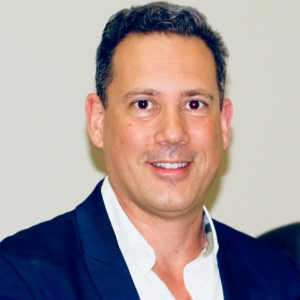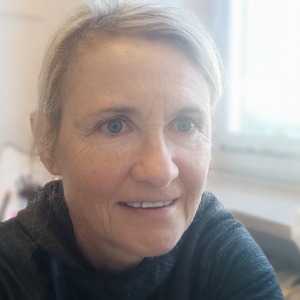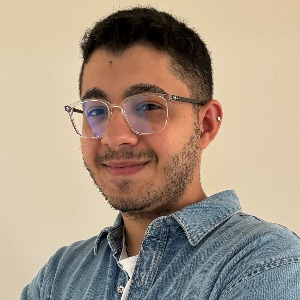Aquatic Physical Therapy
Aquatic physical therapy, often referred to as hydrotherapy, is a specialized form of rehabilitation that takes advantage of the unique properties of water to promote healing and improve physical function. This therapeutic approach utilizes the buoyancy of water to reduce the impact on joints and muscles, making it particularly beneficial for individuals recovering from injuries, surgeries, or those with chronic conditions such as arthritis.
In an aquatic environment, patients can engage in exercises and movements that may be difficult or painful on land, allowing for greater range of motion and flexibility. The resistance of water provides gentle yet effective strength training, helping to build muscle and improve overall strength and endurance.
Aquatic physical therapy sessions are often conducted under the guidance of trained therapists who tailor programs to meet the specific needs and goals of each individual.
Whether someone is recovering from a sports injury, seeking relief from chronic pain, or striving to regain mobility after surgery, aquatic physical therapy offers a therapeutic and refreshing approach to rehabilitation that can lead to improved outcomes and quality of life.

Jay Spector
American Academy of Podiatric Sports Medicine (AAPSM), United States
Marcia J Scherer
Institute for Matching Person and Technology, United States
Marcos Brioschi
American Academy of Thermology, United States
Blair Gorenberg
Shirley Ryan Abilitylab, United States
Roberta Sartori
IRCCS Materno-Infanitle Burlo Garofolo, Italy
Cho Li Yin
Taichung Veterans General Hospital - VGHTC, Taiwan




Title : Best practice guidelines for the use of pharmacological neuromodulation in disorders of diminished motivation: A comprehensive approach
Vaidya Balasubramaniam, Illawarra and Shoalhaven Local Health District Hospitals, Australia
Title : A forgotten component of knee osteoarthritis
Ron Blehm, EEI Physio LLC, United States
Title : Functional outcomes of DSSA-Based pelvic rehabilitation combined with manual therapy and electrostimulation in men after oncologic surgery: A retrospective case series
Eren Uyar, Fizyomen Physiotherapy & Rehabilitation Center, Turkey
Title : We are living and working in the age of individualization
Marcia J Scherer, Institute for Matching Person and Technology, United States
Title : Efficacy of Inspiratory Muscle Training (IMT) in post-weaning ICU recovery: A clinical randomized controlled trial
Warda Khan, Chongqing Medical University, Pakistan
Title :
Subramanya Adiga, Middlemore Hospital, New Zealand